



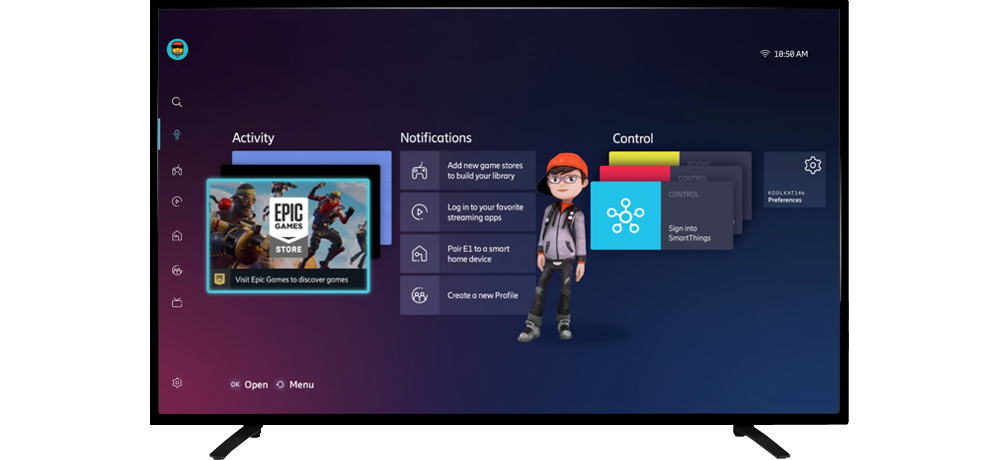
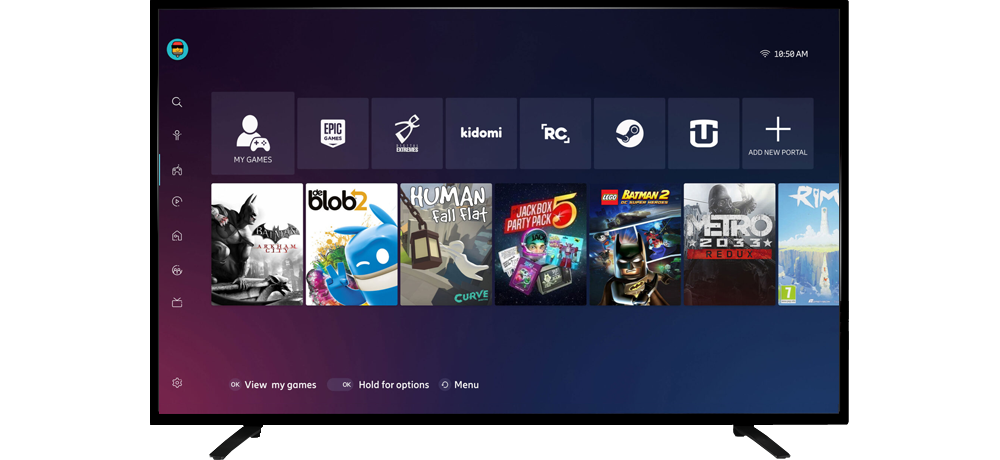
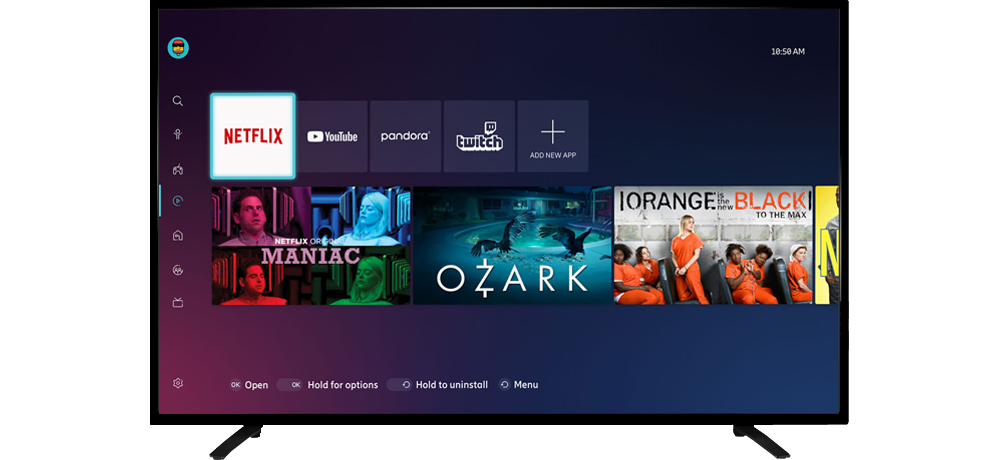
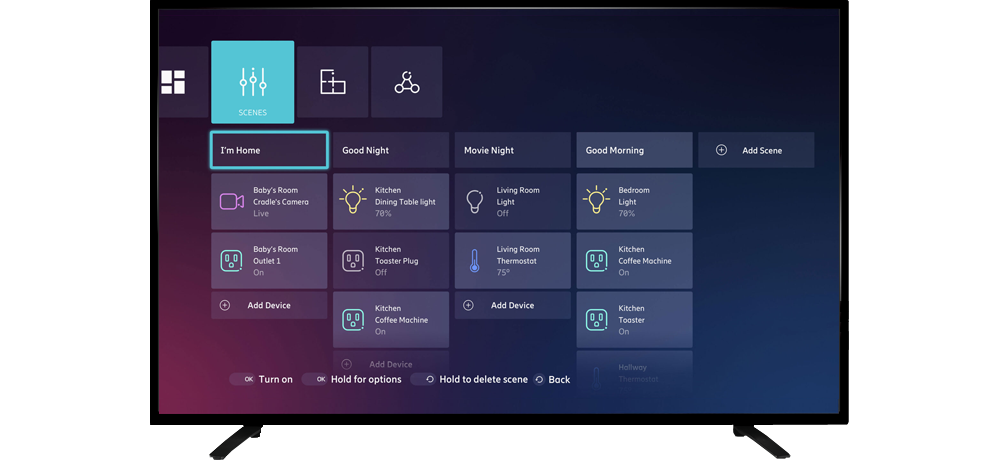
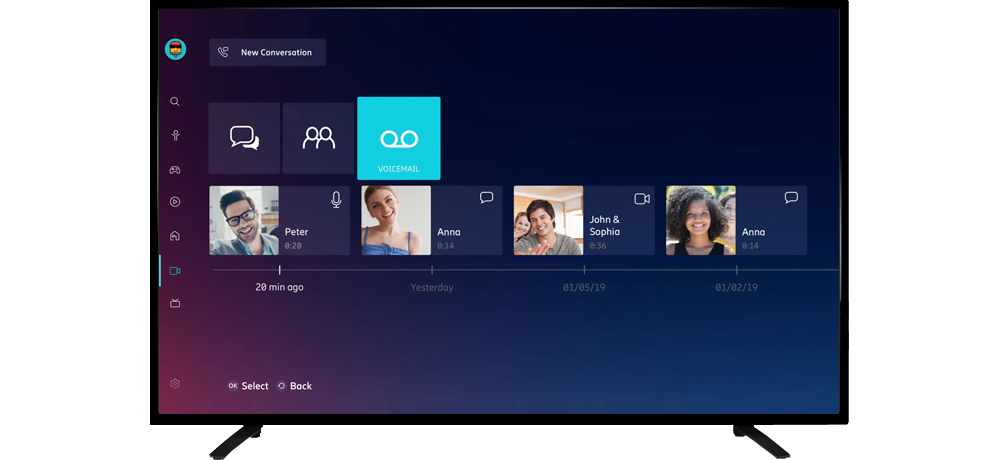
Since Ericsson's system covered a broad range of functionality, understanding our target audience and customer behavior was crucial.
I conducted a competitive analysis of market trends and functionality across a variety of popular products in 4 areas:
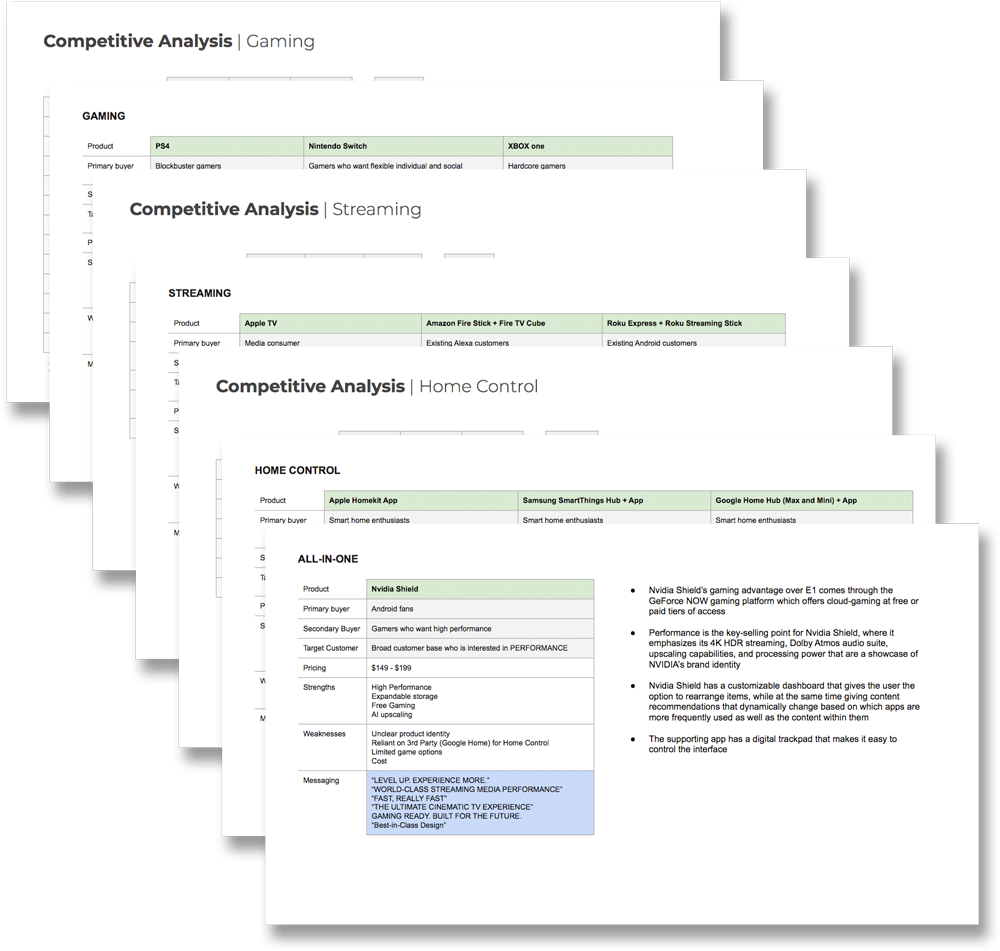

Personas were defined with market research that covered a broad spectrum of gamers, streamers, social media users, and non-technical audiences. This broad range guided the development of the UI and UX, ensuring that it would have something for everyone.

I developed a combination Feature Matrix / Feature Roadmap to help guide my subsequent interface design work, though we revisited this frequently throughout the project and adjusted our goals based on technical feasibility, project schedule, and shifting business goals of the client.
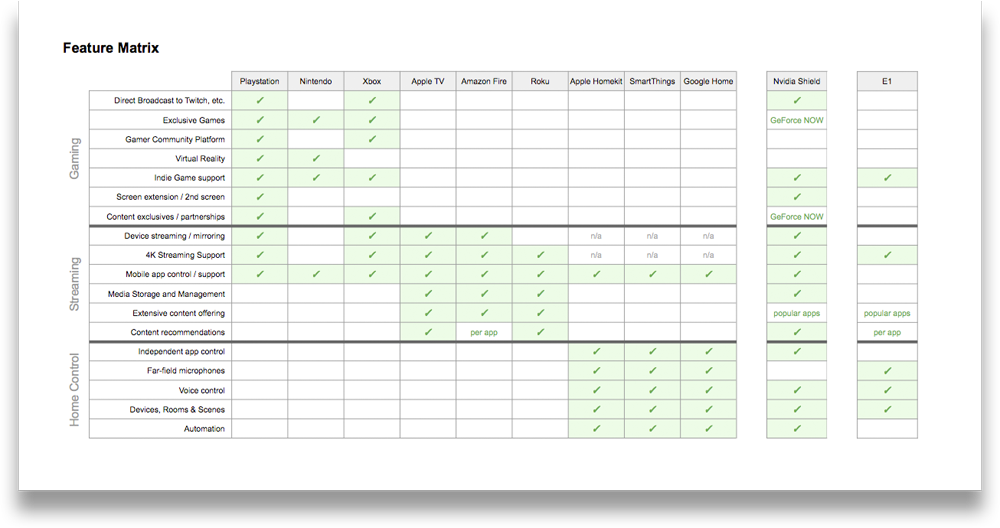
For the first part of the project< I focused on designing the core UI elements in tandem with developers building prototypes to test functionality. I cycled through doing UI Design > Flow Diagrams > QA Testing across small, iterative sprint cycles.
Working in an Agile process, we did rapid prototyping with multiple iterations of the UI as we developed it, QAing along the way. I created flow diagrams that incorporated screenshots from the live interface and submitted them to our devs for quick turnaround.

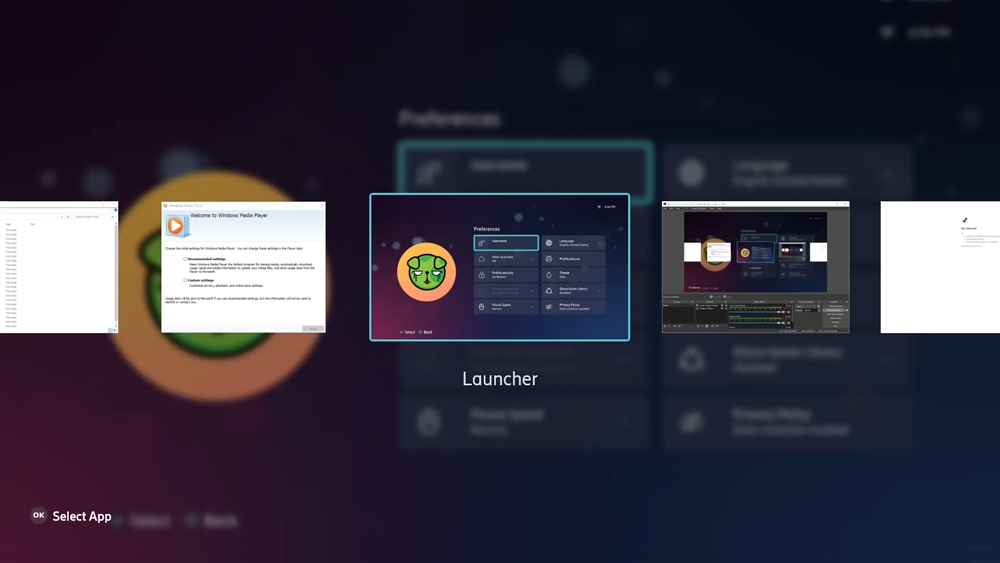
As I conducted QA testing on the prototypes I was receiving, I maintained a spreadsheet of bugs and managed the status of bug fixes. I recommended using Jira, but one of our developers in Ukraine did not have access to the client's Jira board so we stuck with excel spreadsheets - more time-consuming, but still effective.
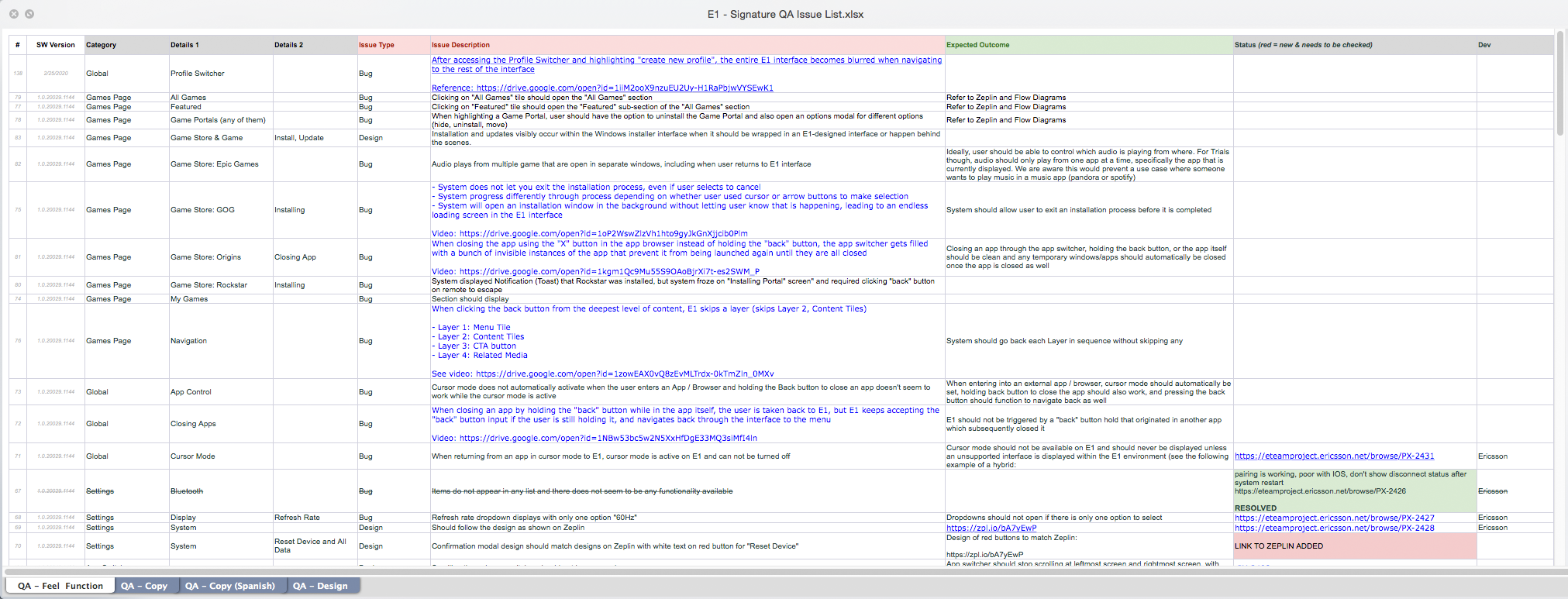
As the core functionality proved to be feasible, I continued my UI Design > Flow Diagrams > QA Testing cycles, and focused attention on the complex IoT "Internet of Things" / Smart Device portion of the interface, designing all the methods for connecting and controlling smart devices.

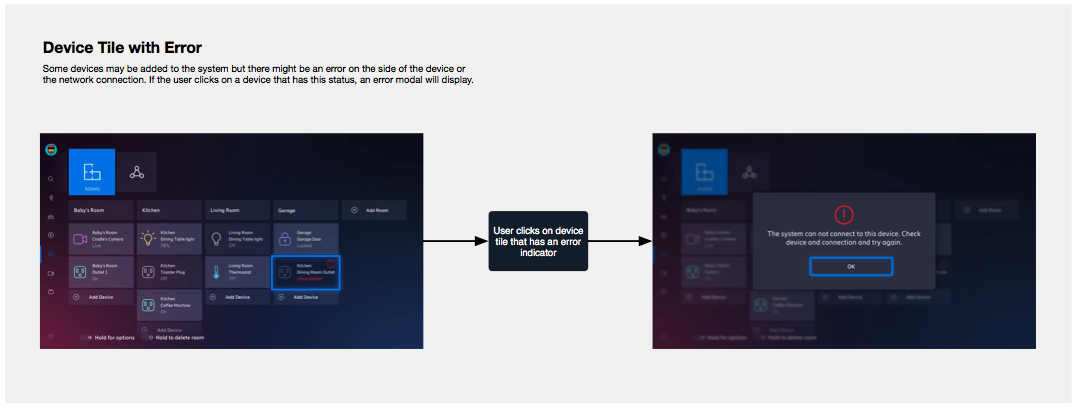

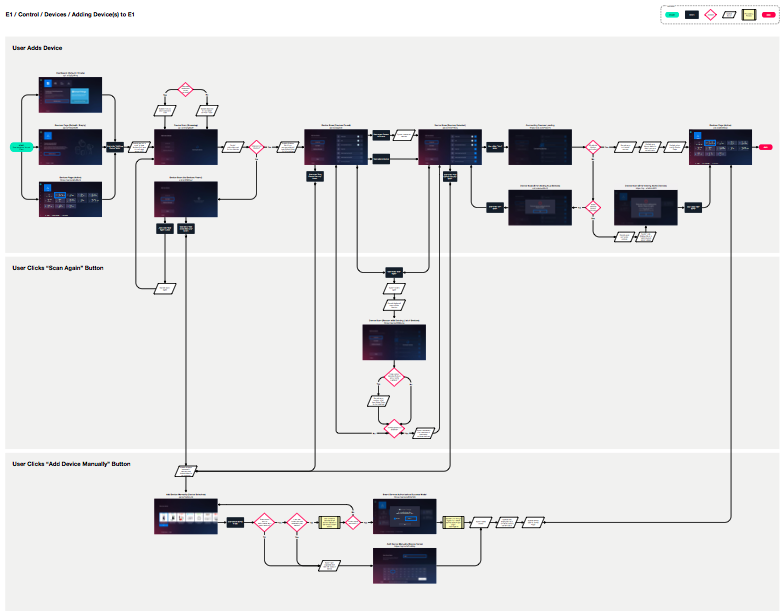
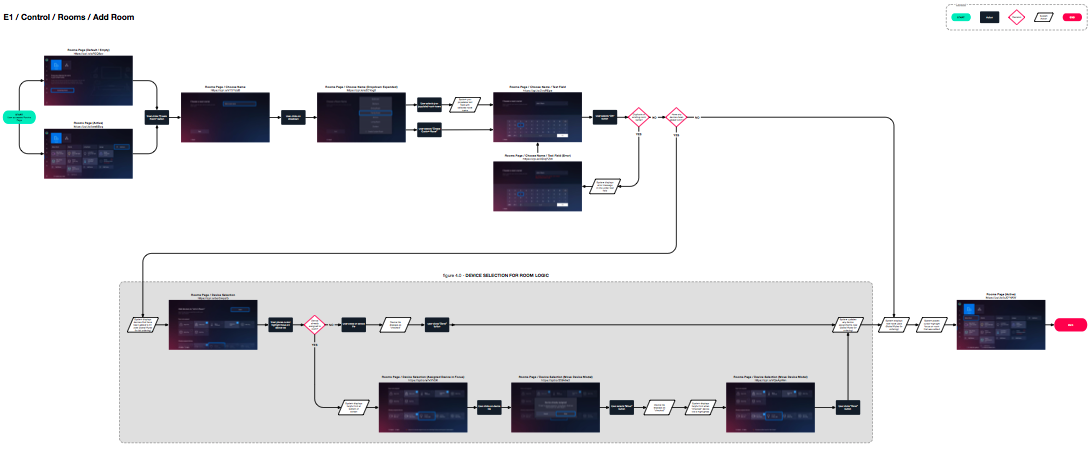
With the majority of the User Interface completed, I focused on the smaller functional details like Notifications and Settings. I established spreadsheets for tracking all of the instances of copy usage, including logging all the translations that we would have to do.
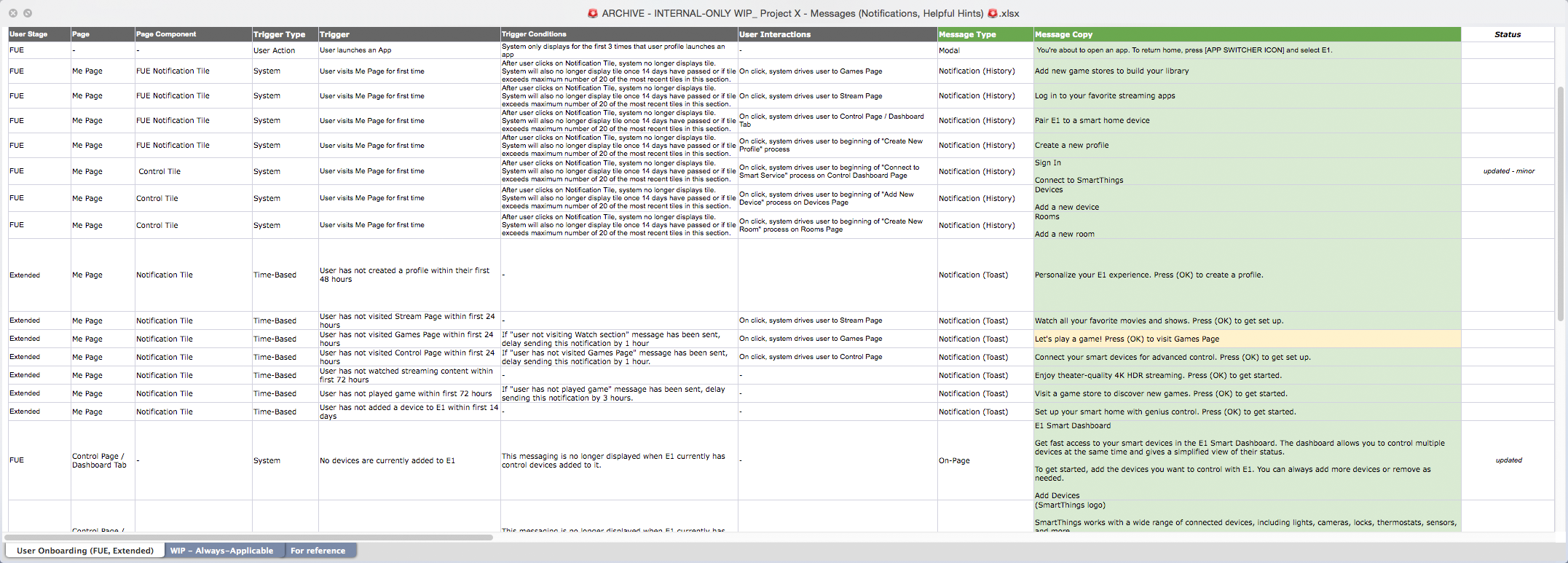


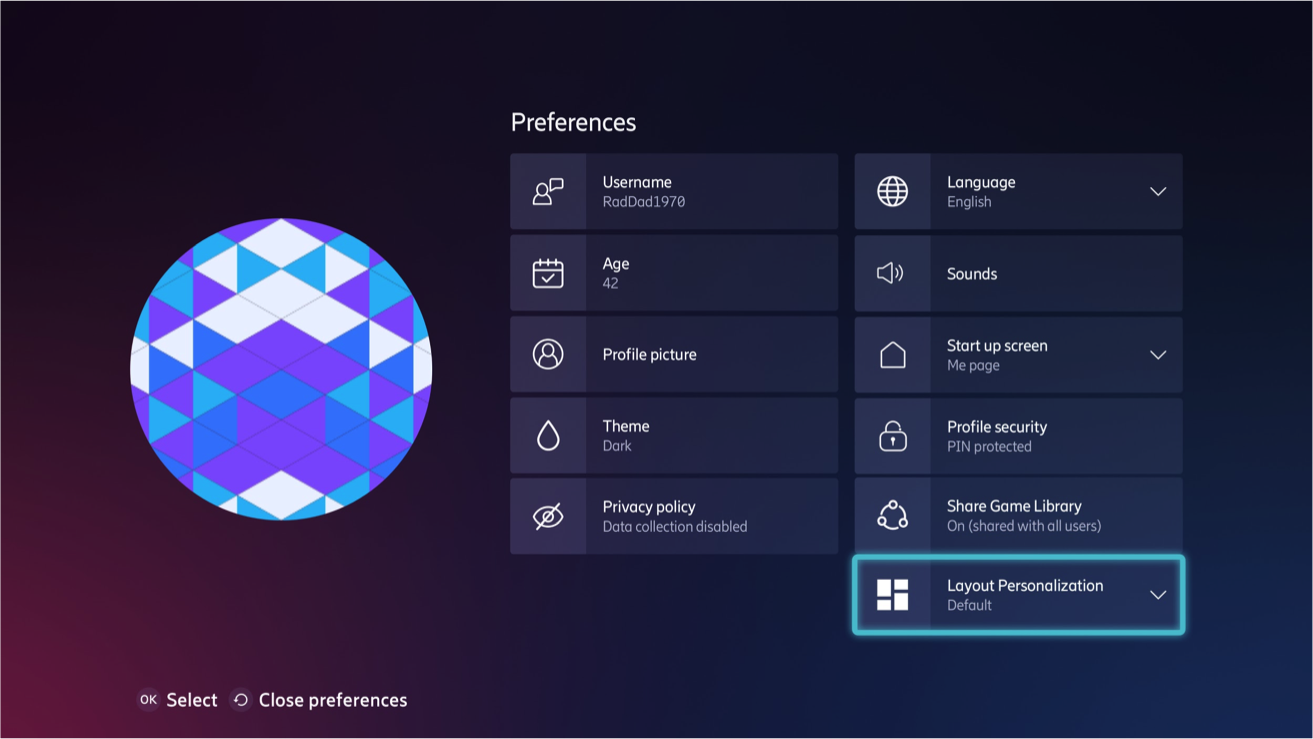
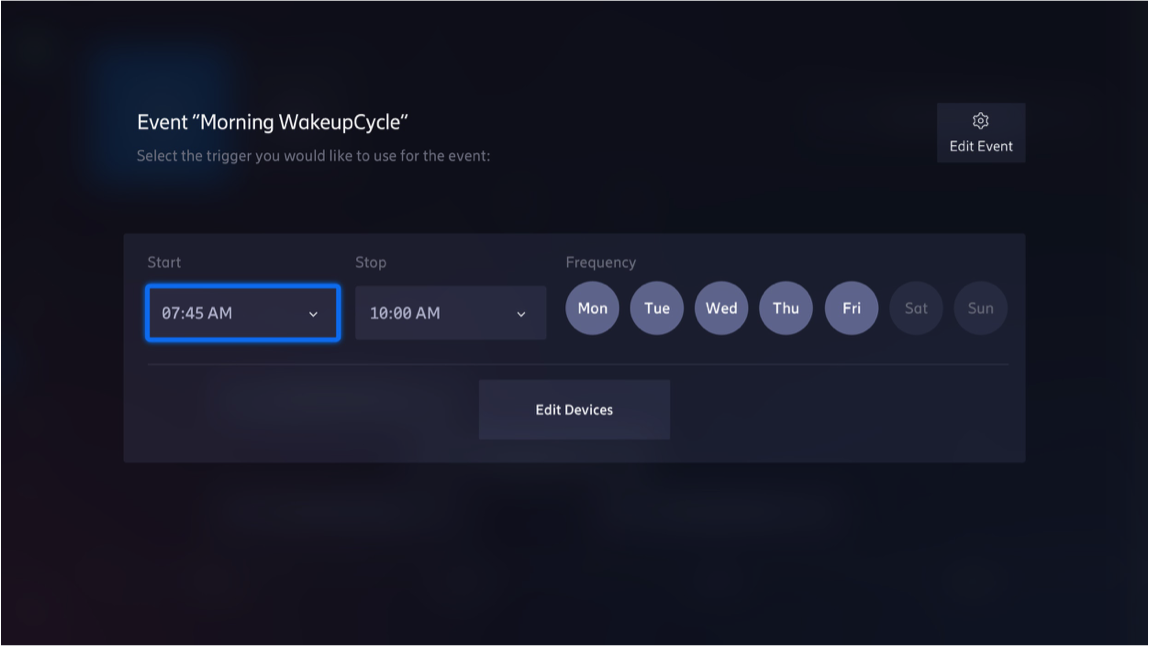
At this point, the User Interface had been completed with minor QA fixes and bugs that developers had to address. I would continue to do other small updates to the interface, but the next key part was focusing on defining the experience for setting up the device.
Having finished the interface design work, my next task was to create an Out-Of-Box-Experience (OOBE) that would be engaging and intutive for customers from the moment of receiving the box to setting up the device and launching it.
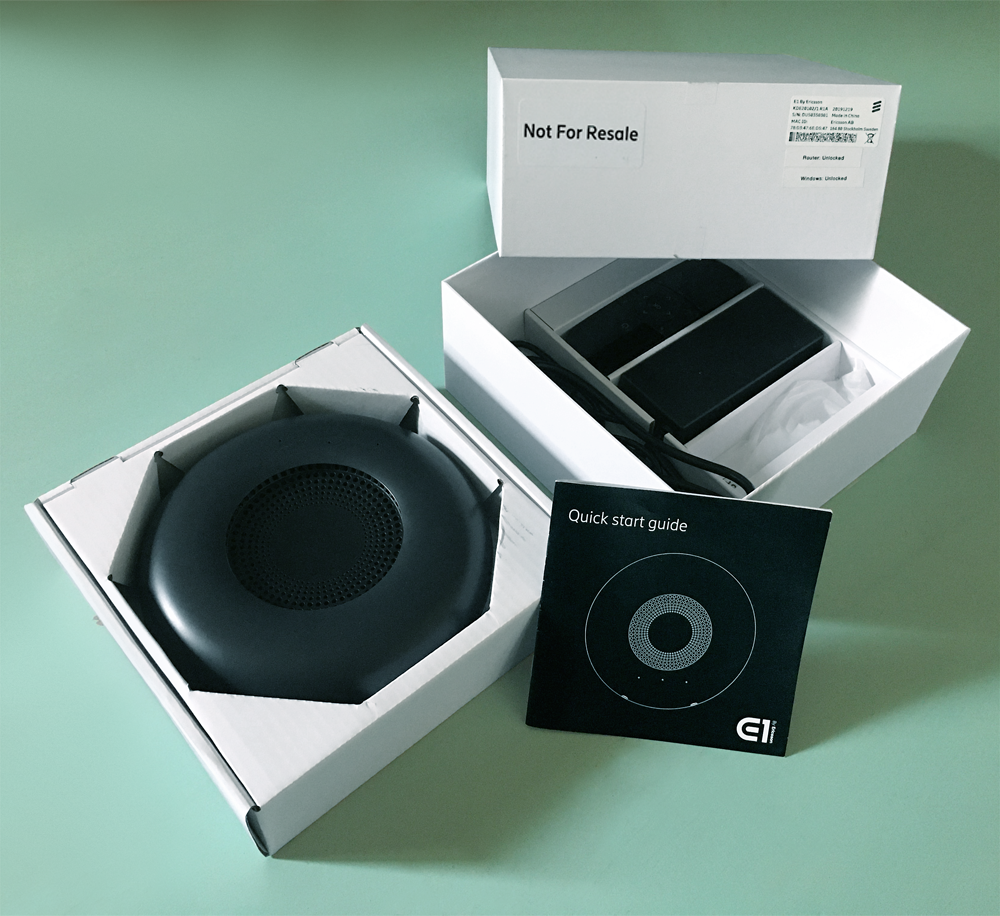
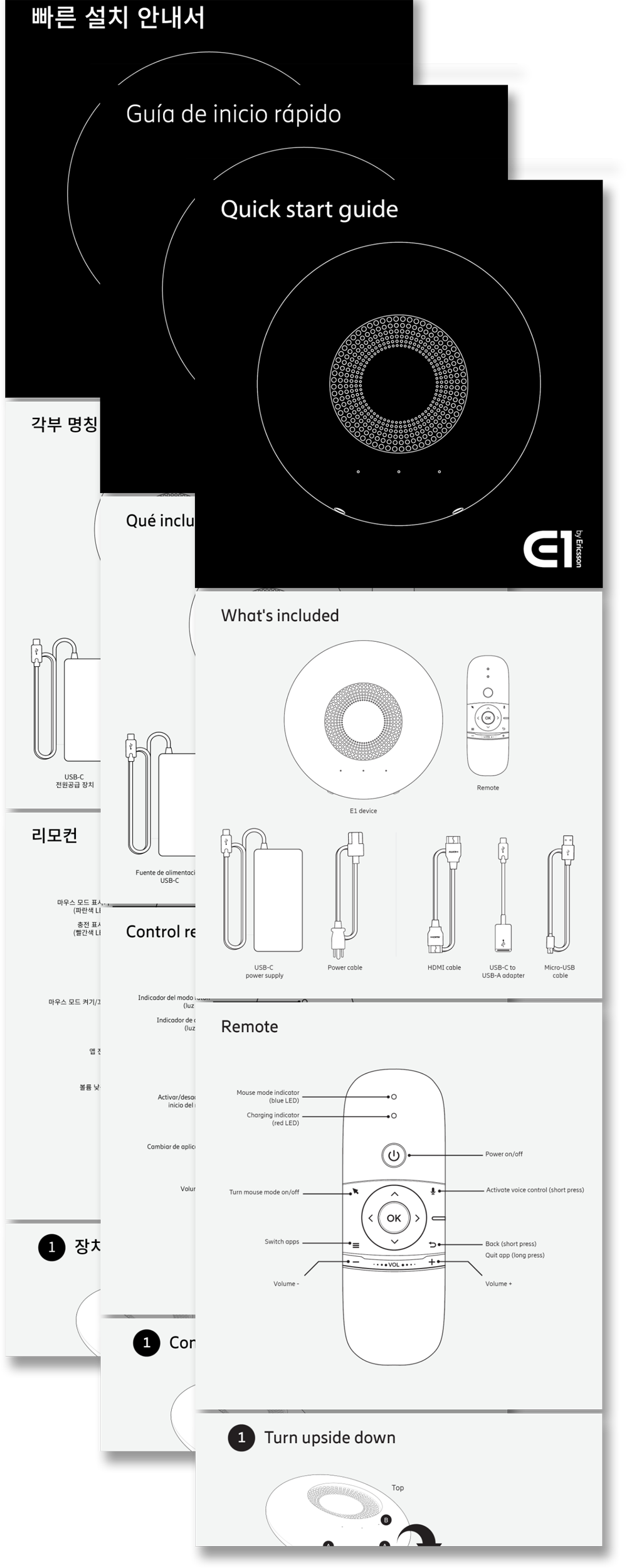
OOBE setup screens were also part of the experience, featuring dynamically generated motion graphics.

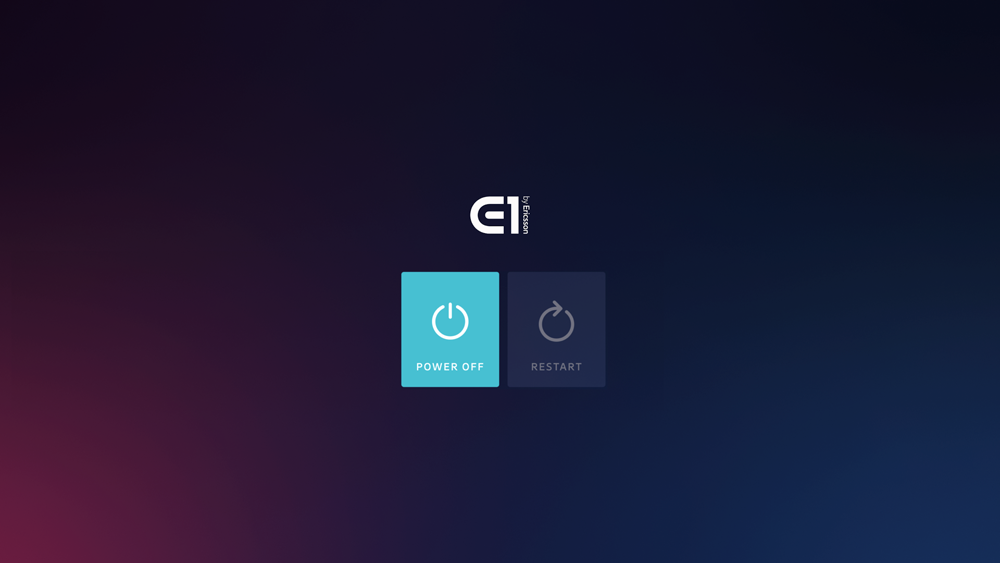
With the entire UI & UX of the product effectively completed, my final task was to develop a testing plan to fully test our product in 5 global audience markets. I worked with the team and client to develop questions and activities for test participants to follow that would gather feedback and provide enough data on KPIs that Ericsson wanted to focus on.
With prototype hardware built and loaded with our completed interface, we moved forward with usability testing. Using Centercode, a remote usability testing platform, I developed a comprehensive testing plan that covered 4 weeks of testing for 5 global audience markets (English, Spanish, French, German, Korean). Testing included activities for each user to perform, post-week surveys, and a final exit survey. Supporting resources included multi-lingual FAQs and User Guides that I put together.


Post-week surveys revealed key insights from participants:
The negative aspects were always known issues, primarily related to hardware challenges. The lack of a universal login was also inherent to Ericsson's initial concept and something we knew could not be adequately avoided for security reasons, though we did explore leveraging Face ID logins as a universal method of accessing apps one time only.
The positive aspects were generally expected, although it was a surprise that not only was there a willingness to purchase the system for a specific monthly fee, but that the system itself had an overall positive impact on improving brand percetion.
The project successfully made it through testing with positive feedback about the console's core abilities. Overall, the interface that we built was well-reviewed as being beautiful and intuitive. The user experience was carefully designed in key innovative ways:
makes setup intuitive and engaging
for users to choose their apps
to make the interface more useful